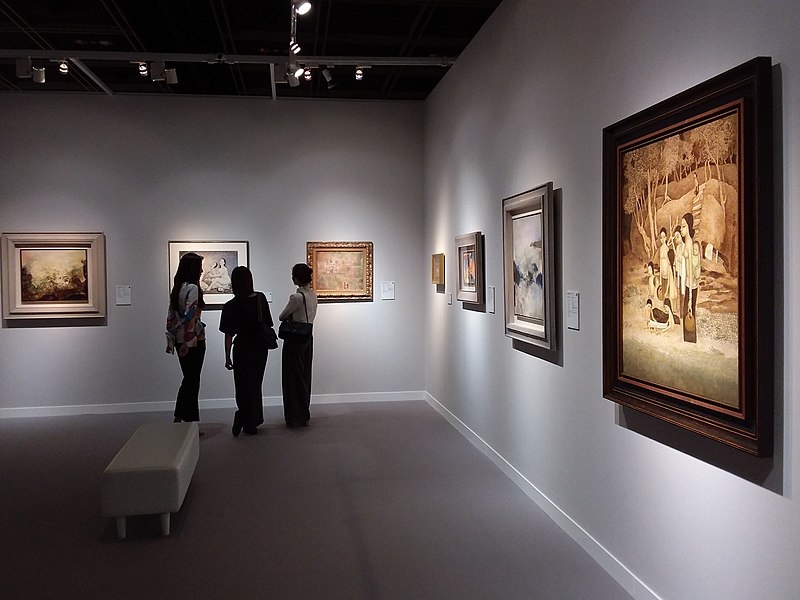
Art has an unparalleled ability to captivate and inspire, transcending boundaries and speaking to the deepest corners of our souls. It encompasses a vast array of mediums, from paintings and sculptures to music, dance, and literature. With its boundless creativity and profound expression, art holds the power to transform our lives and shape the world we inhabit. In this article, we embark on a journey to explore the unique allure of art and unravel its extraordinary essence.
Art, in its essence, is a universal language that transcends cultural, linguistic, and societal barriers. It has the ability to connect people from different walks of life, enabling them to find common ground and share emotions that are often difficult to express through words alone. Whether it be a captivating painting that evokes a sense of wonder, a melody that stirs deep emotions, or a dance performance that transports us to another realm, art communicates on a profound level that resonates within our very core.
One of the remarkable aspects of art is its ability to challenge conventional thinking and provoke new perspectives. It has the power to question established norms, push boundaries, and ignite dialogue. Artists throughout history have used their creations as catalysts for change, shedding light on social and political issues, and sparking movements that have shaped the course of humanity. Art serves as a mirror that reflects our society’s values, struggles, and aspirations, offering a unique lens through which we can explore the world around us.
Furthermore, art has an inherent therapeutic quality that can heal, soothe, and inspire. It provides an avenue for self-expression, allowing individuals to channel their emotions, fears, and joys into a tangible form. Whether it is the act of creating art or simply immersing oneself in its beauty, art has a profound impact on our well-being. It has been utilized as a therapeutic tool in various settings, such as hospitals, rehabilitation centers, and counseling sessions, where it fosters healing, self-discovery, and personal growth.
Artistic endeavors also play a significant role in the realm of education. The integration of art into academic curricula enhances critical thinking, creativity, and problem-solving skills. It encourages students to think beyond the confines of traditional disciplines and approach challenges with an open mind. Through art, students develop an appreciation for diversity, cultural heritage, and different perspectives, fostering a well-rounded and empathetic understanding of the world.
Art is not confined to the realms of museums and galleries; it permeates every aspect of our lives. From the design of our homes and the clothes we wear to the movies we watch and the music we listen to, art influences and shapes our daily experiences. It adds depth, beauty, and meaning to our existence, infusing our routines with a touch of magic.
In conclusion, art is a profound and extraordinary force that touches our hearts, challenges our minds, and enriches our lives. It transcends boundaries, inspires change, and cultivates a sense of connection within our diverse world. Its capacity to heal, educate, and transform makes it an essential aspect of the human experience. Let us embrace art’s captivating power and allow it to illuminate our lives with its everlasting brilliance.












